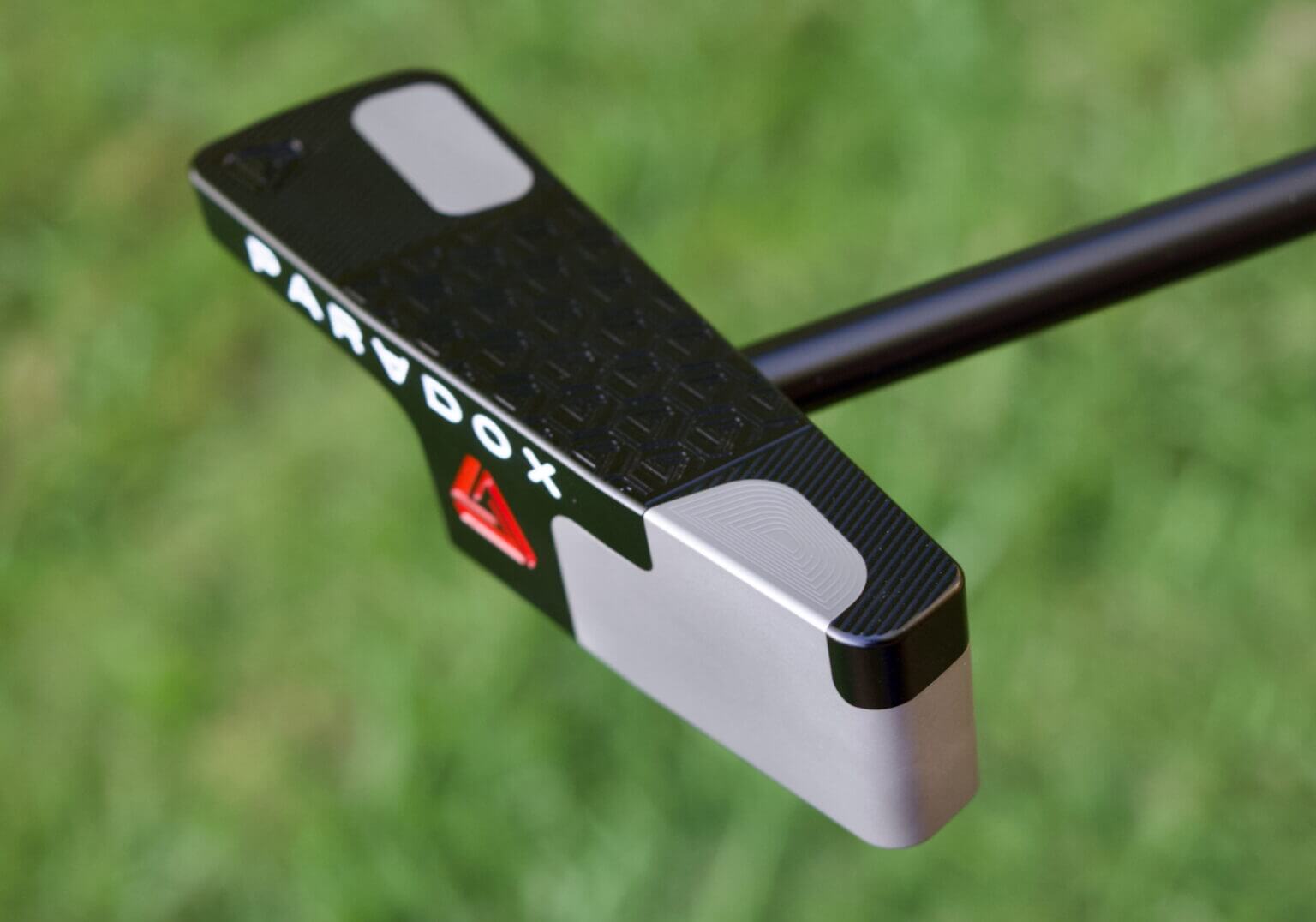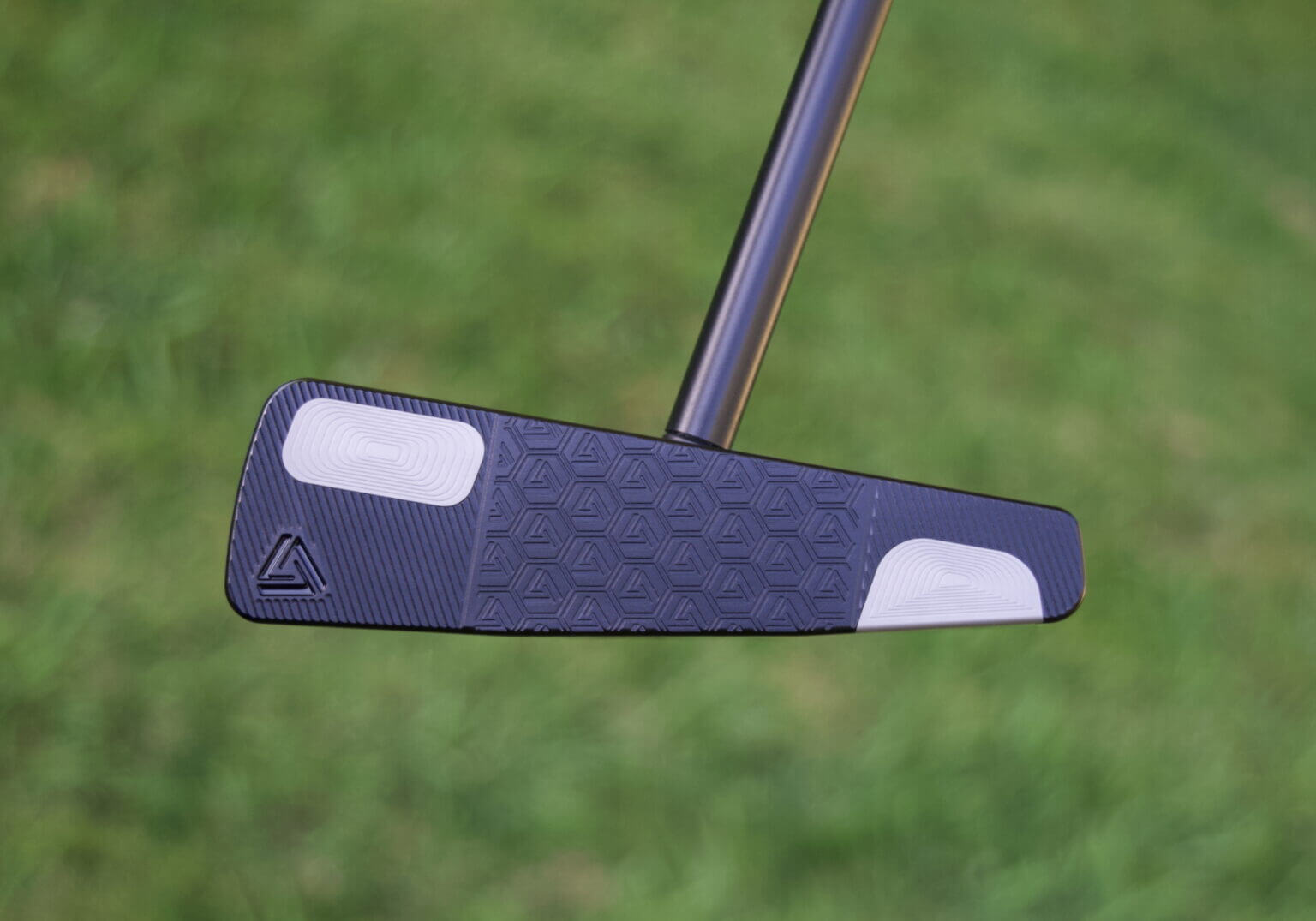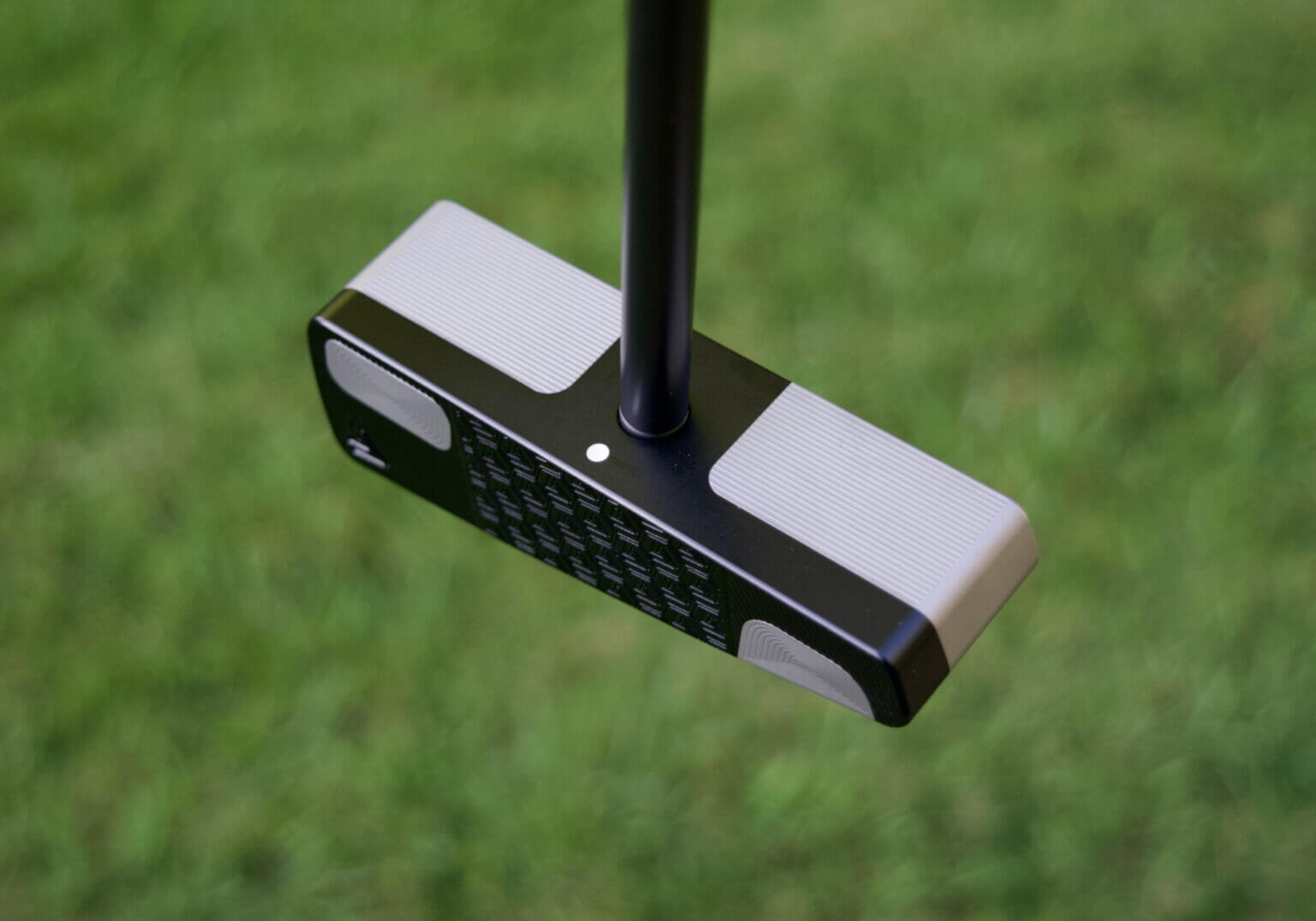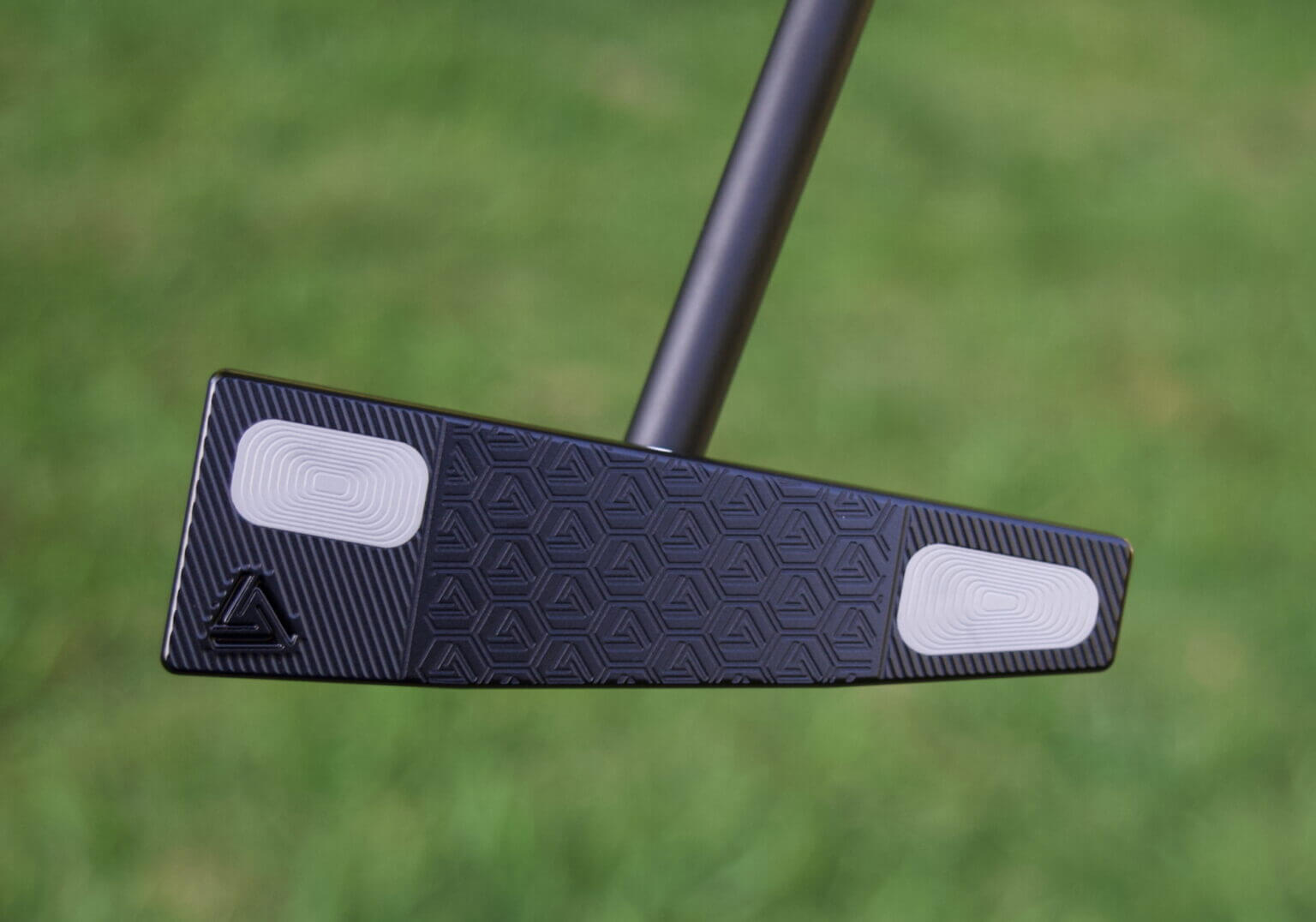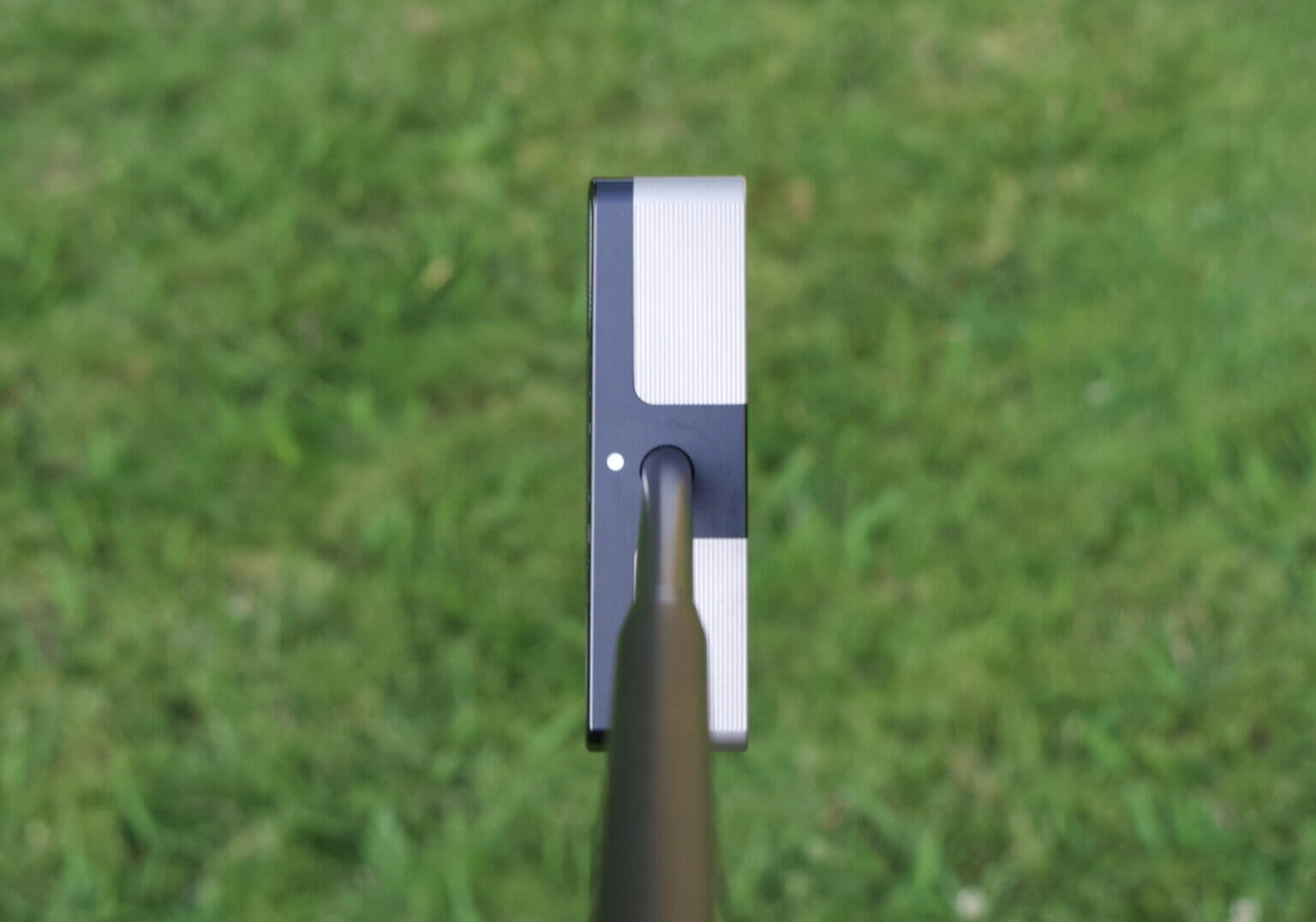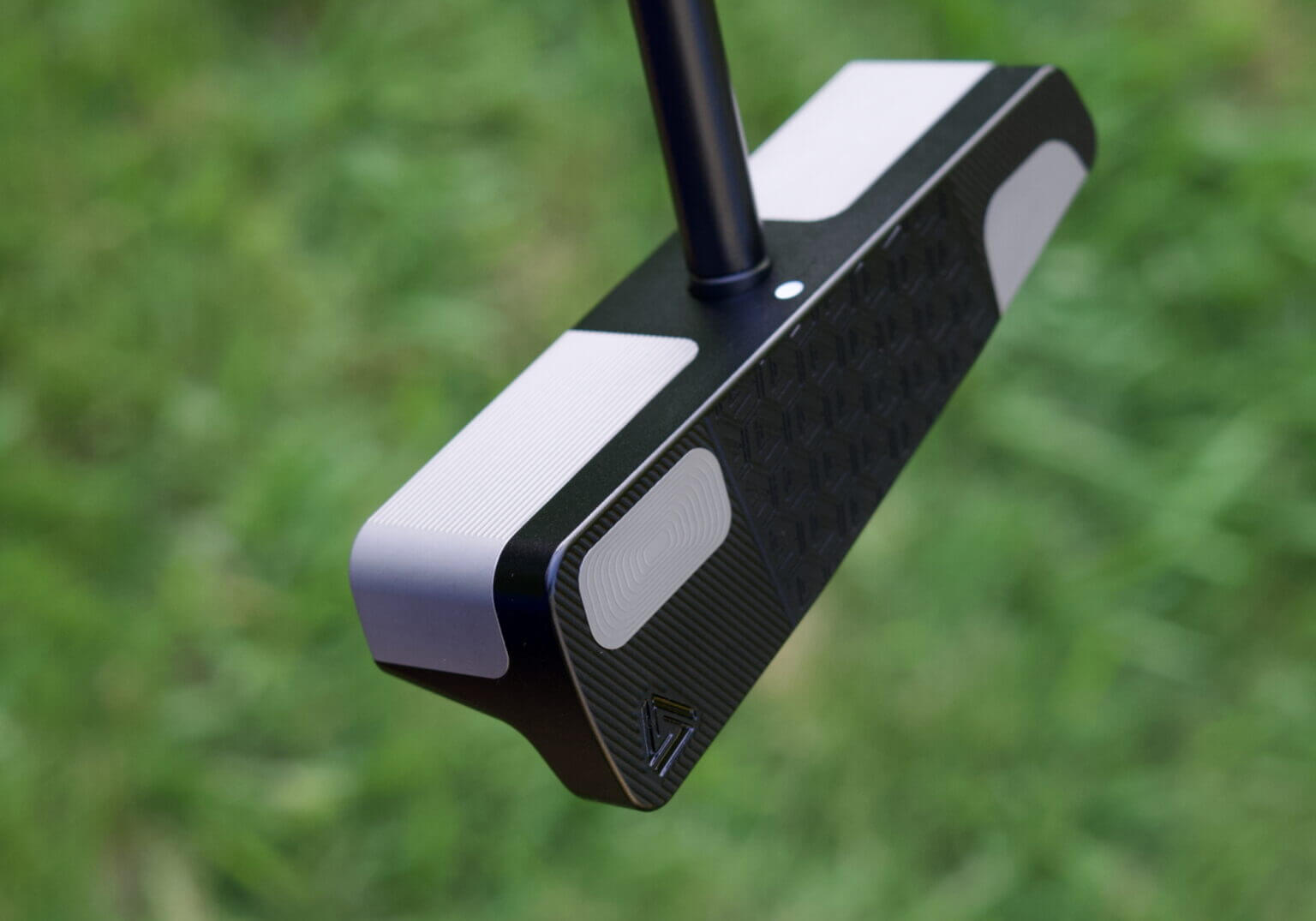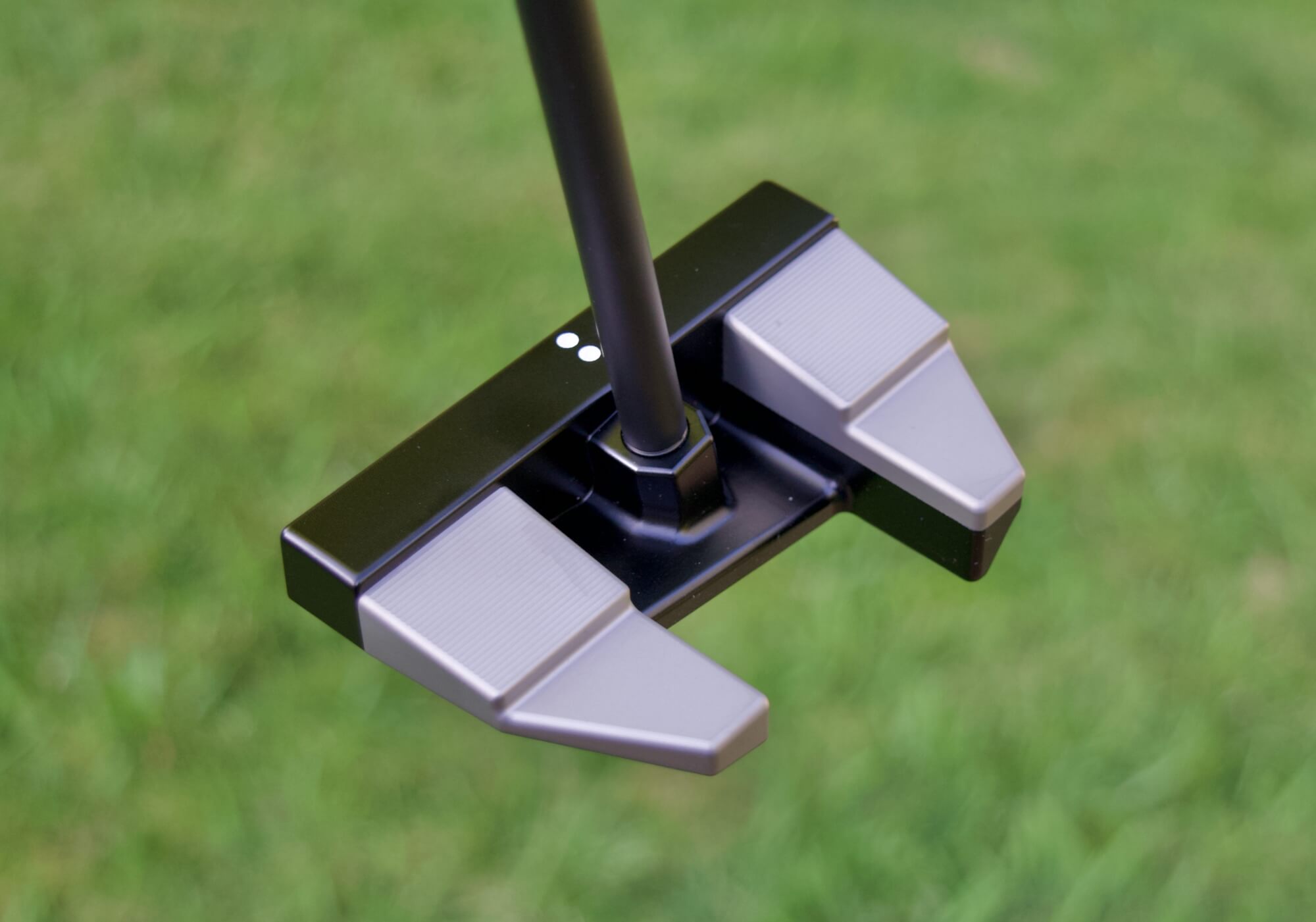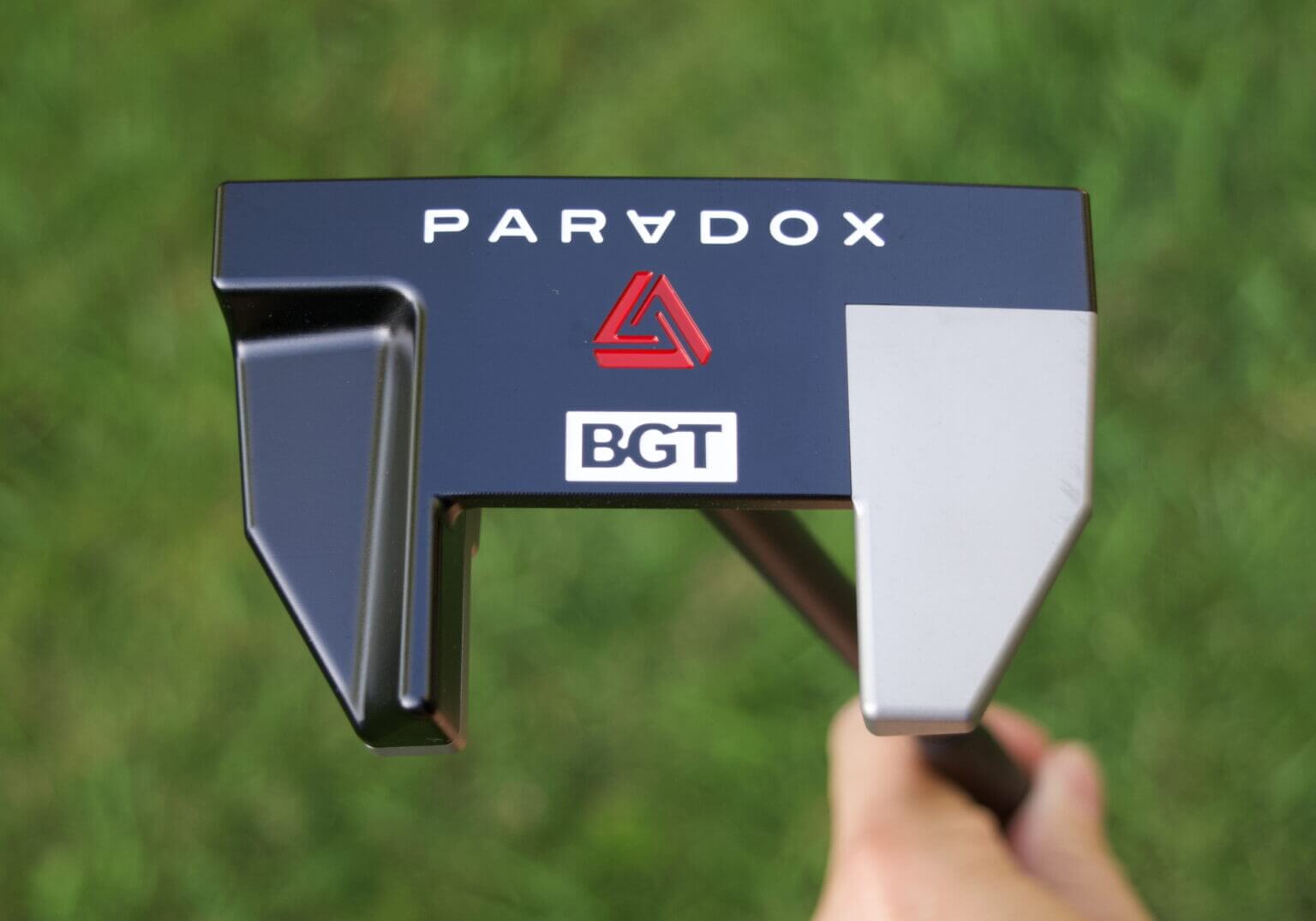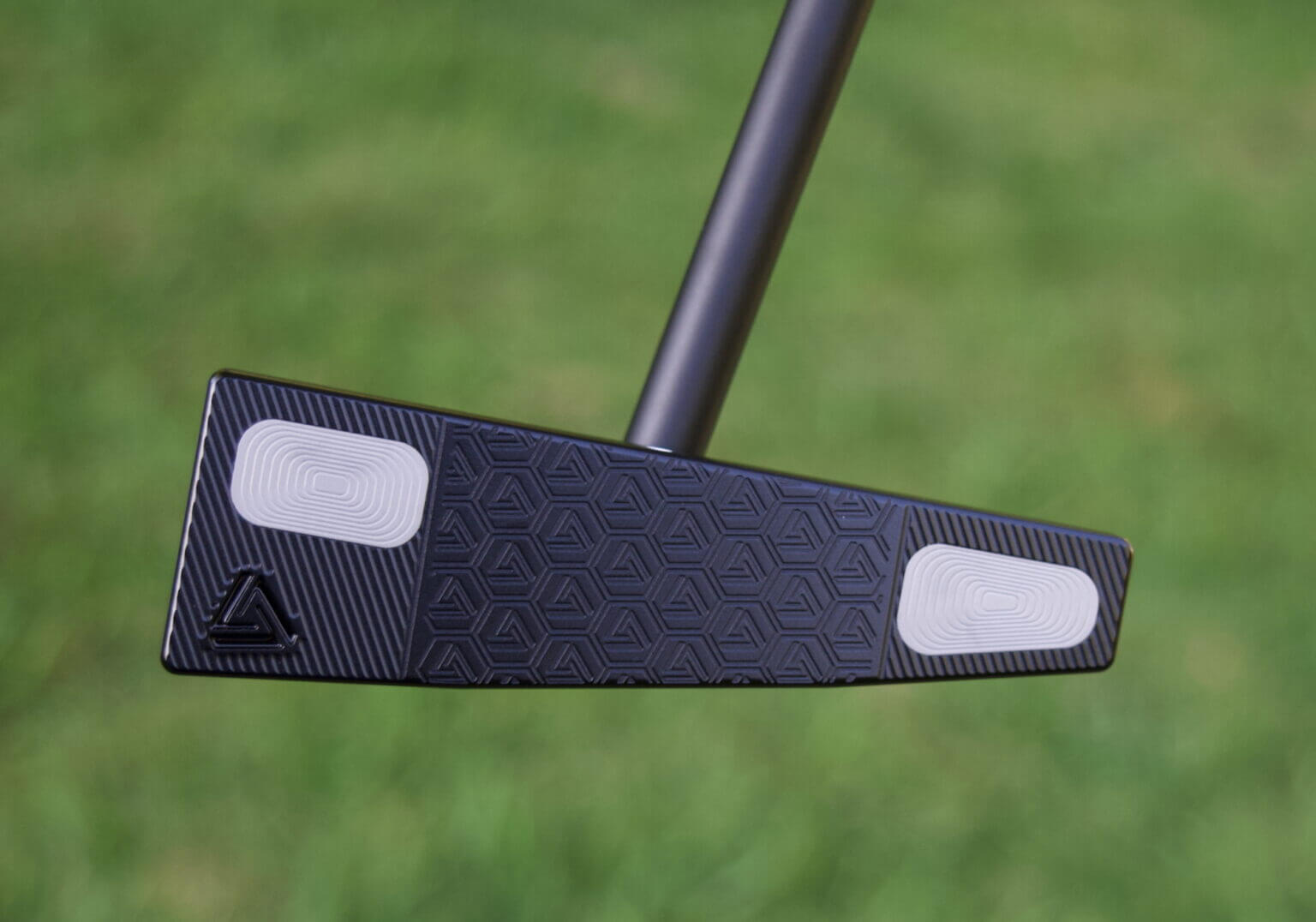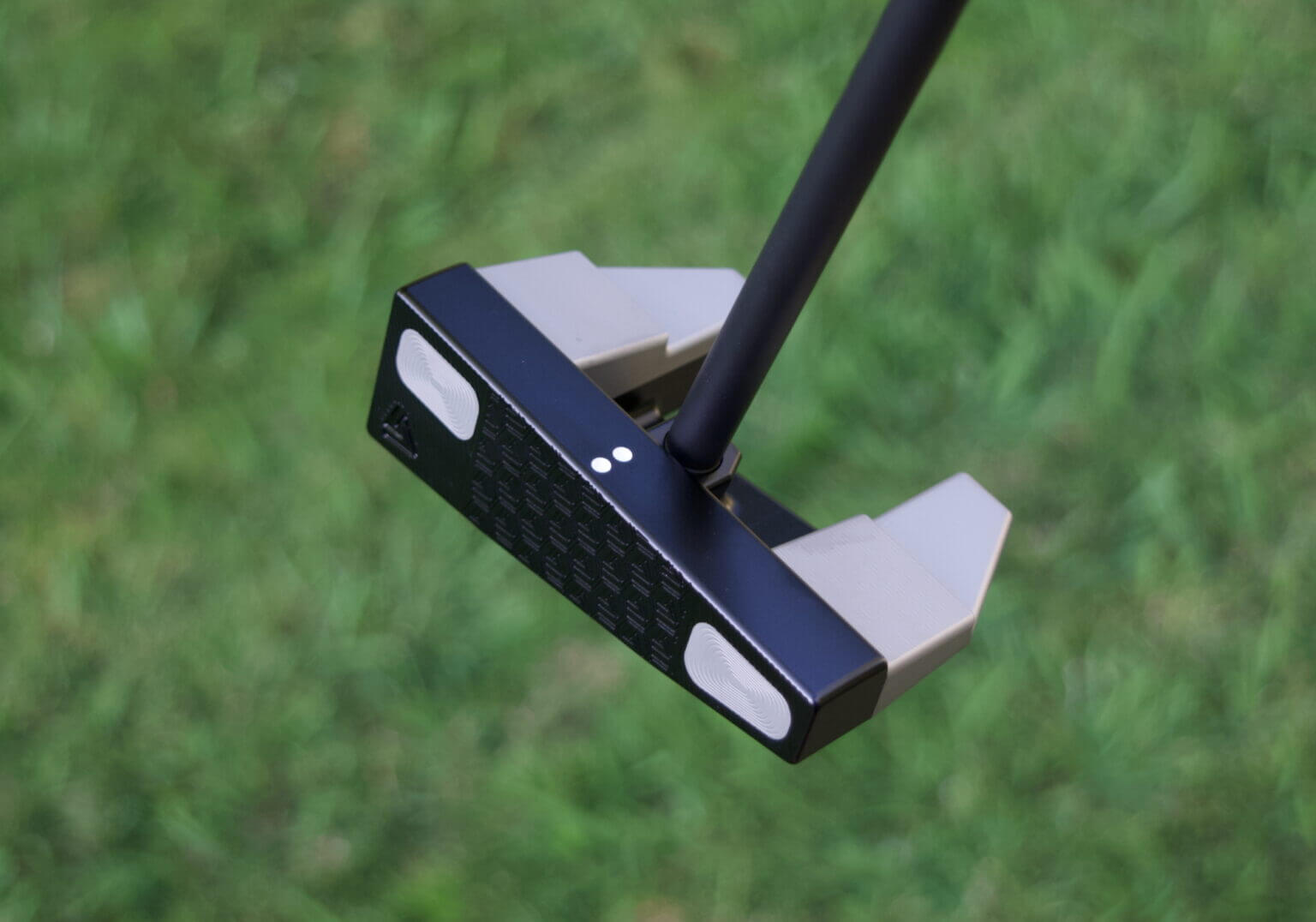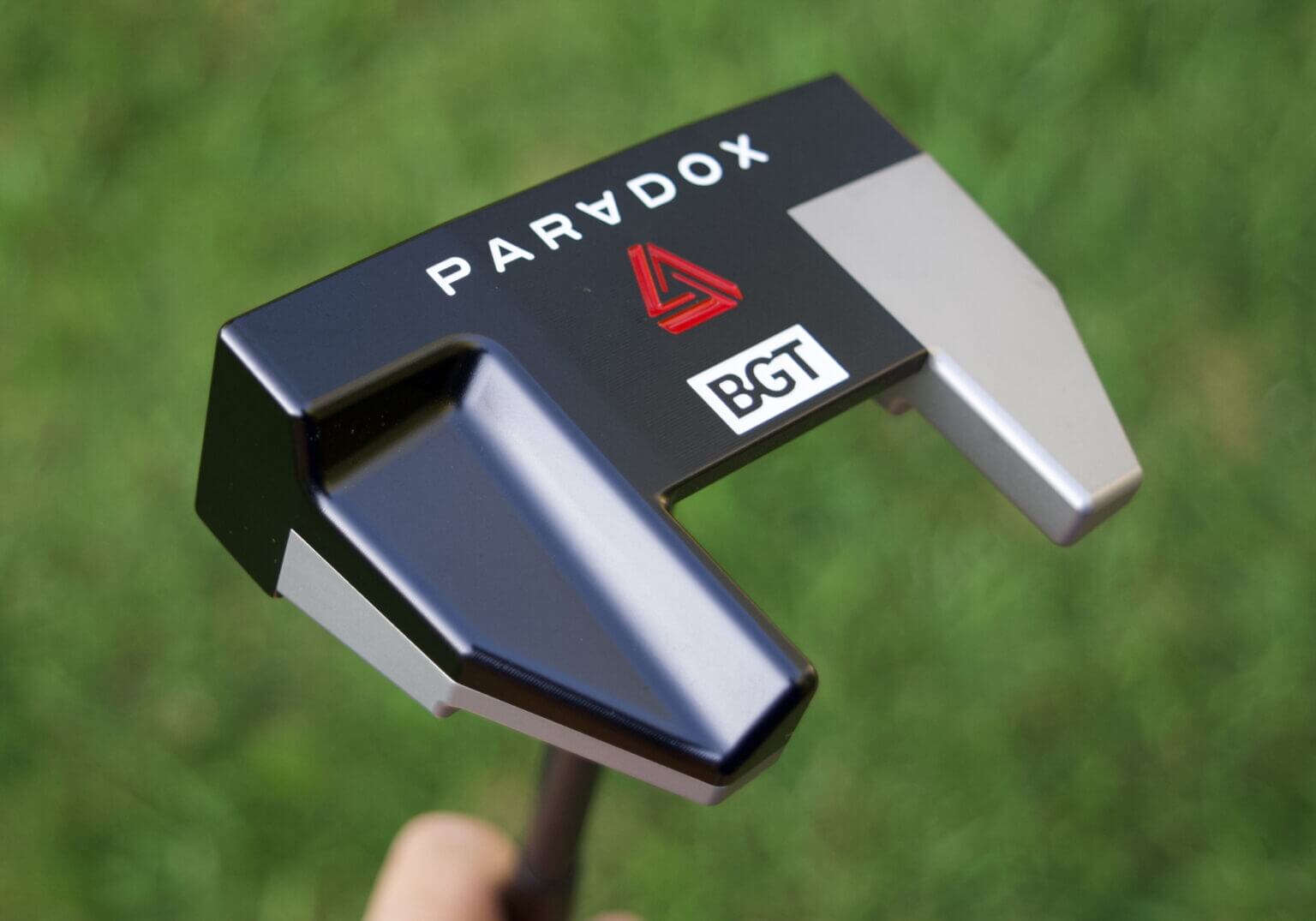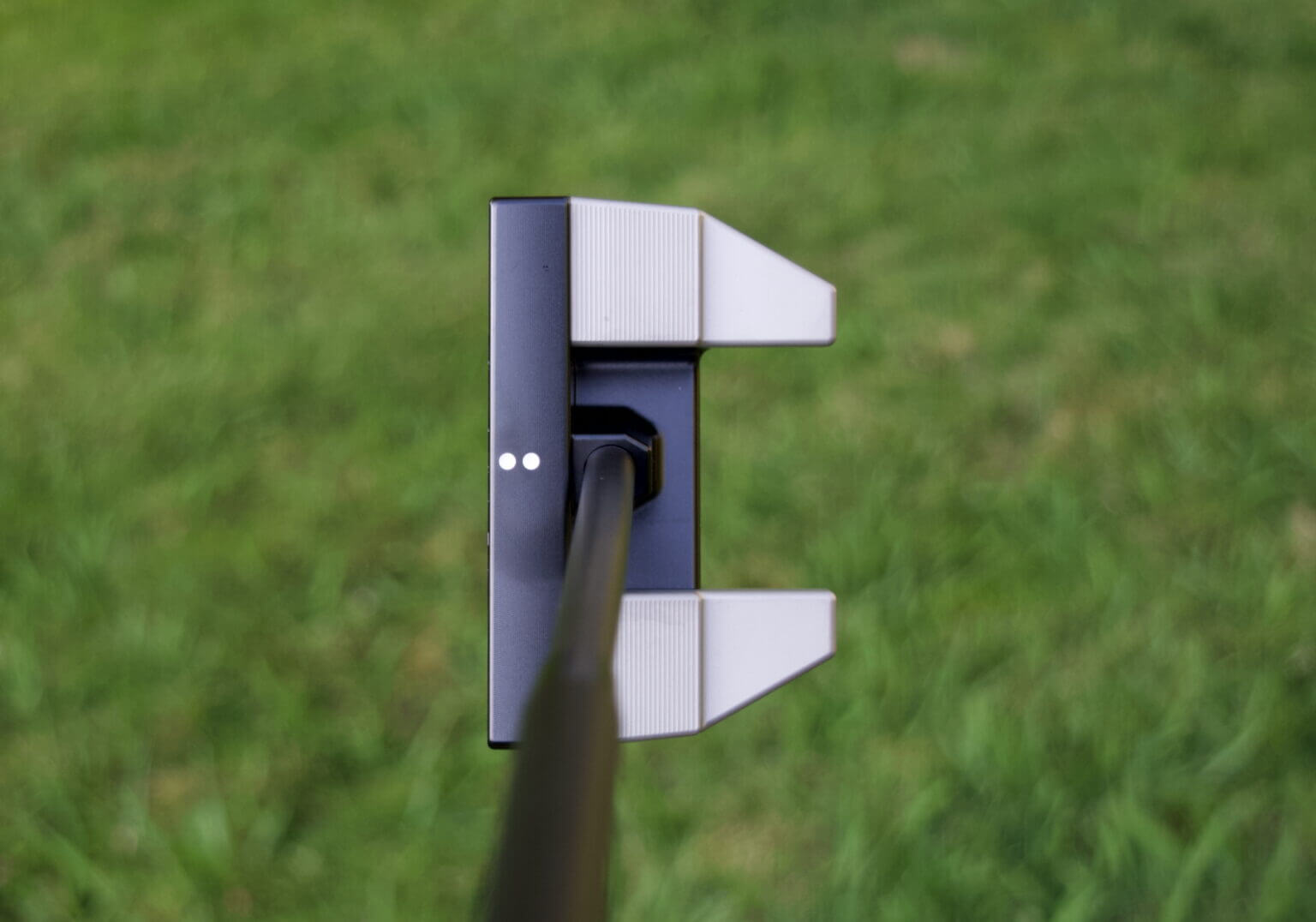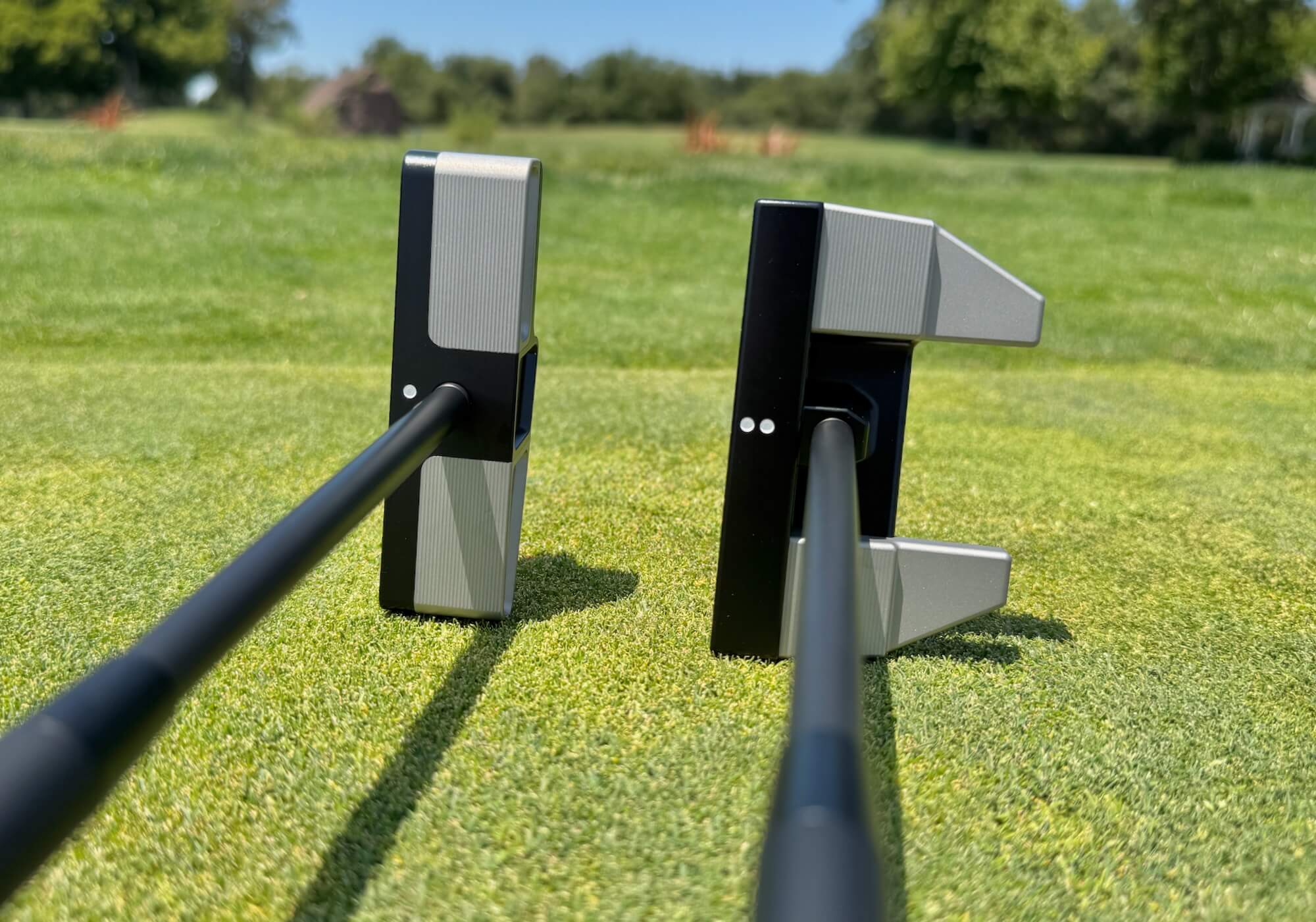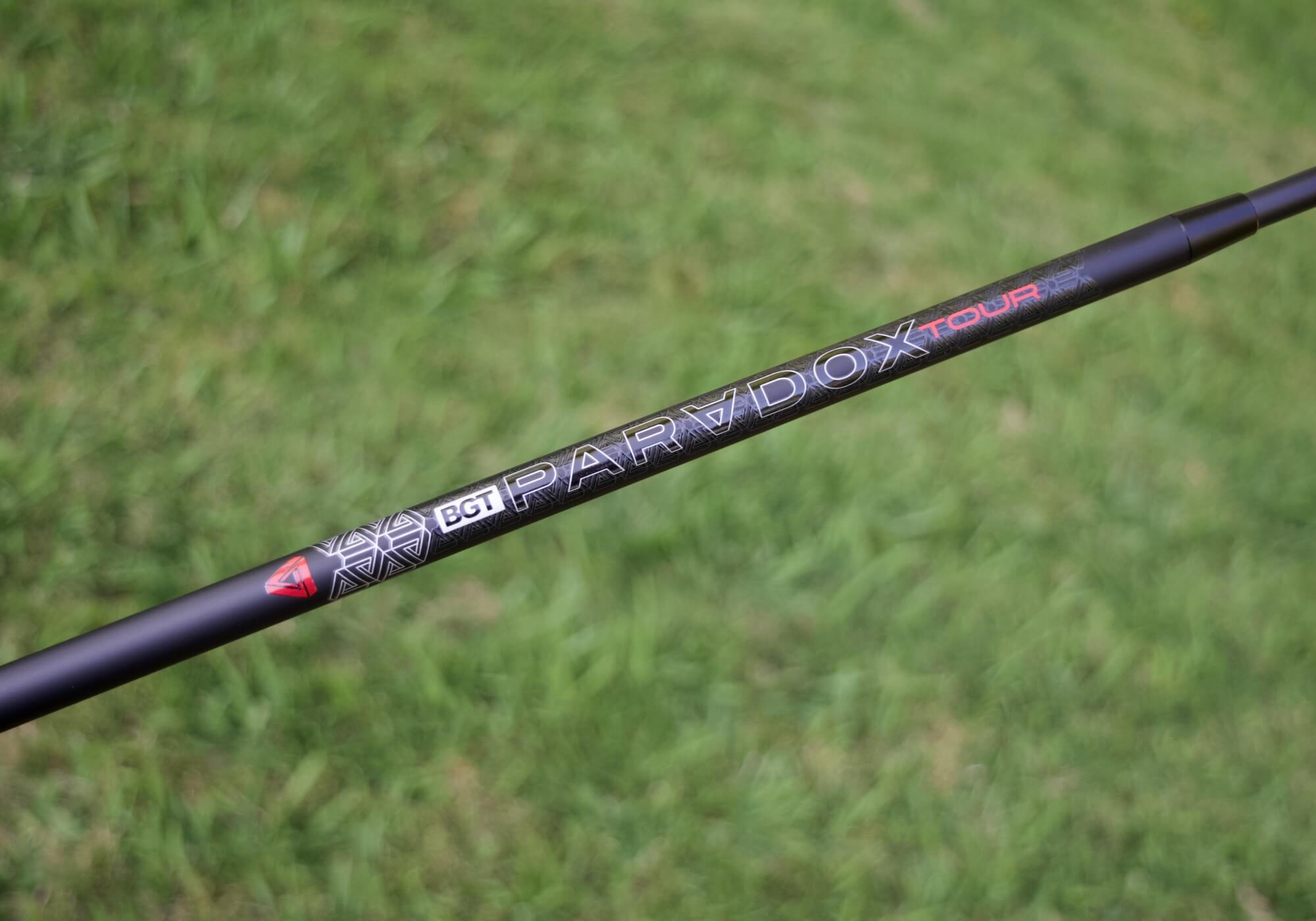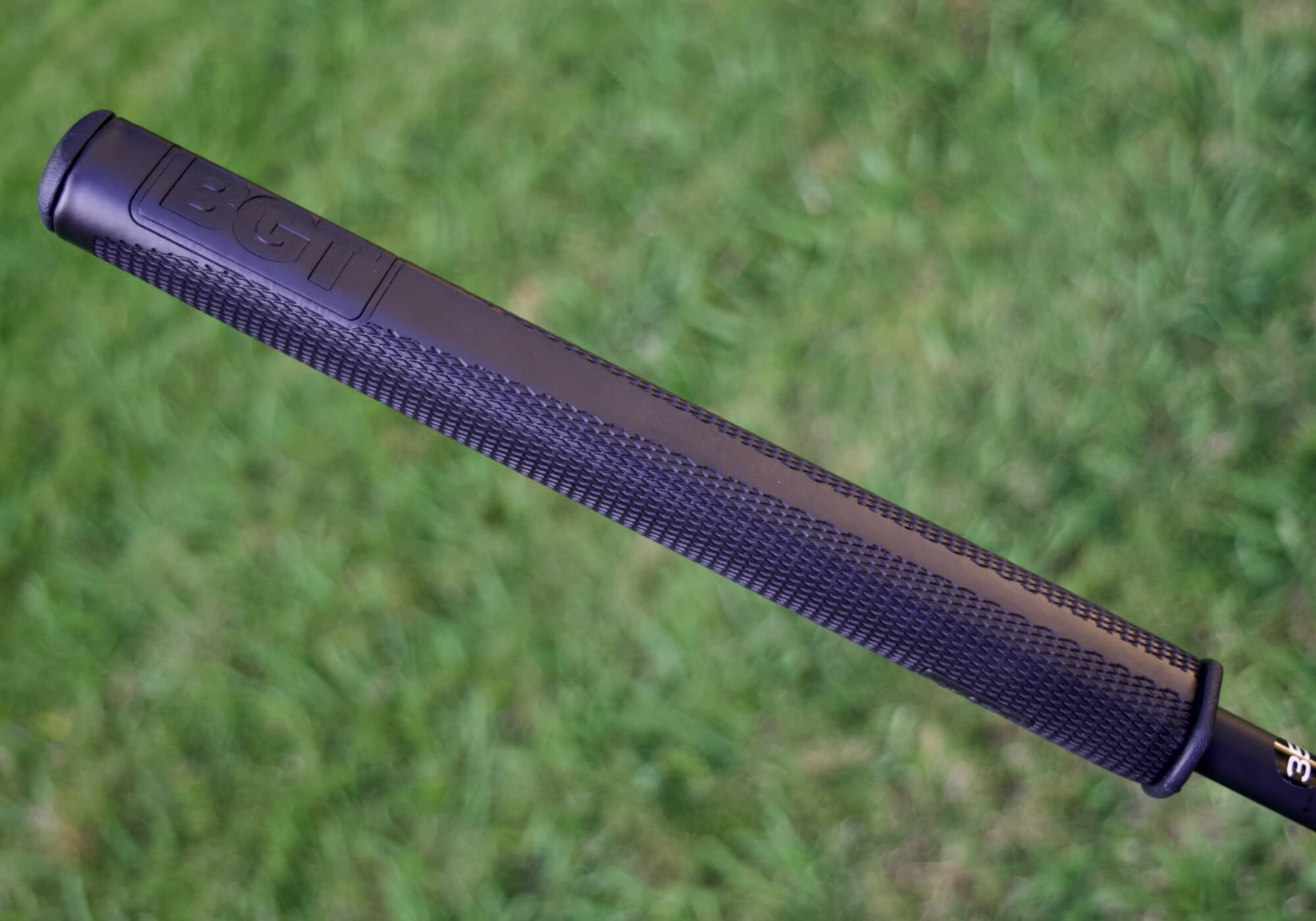Golfing News & Blog Articles
Are These Funky-Looking Putters Breakthroughs In Putter Design?
Breakthrough Golf Technology (BGT) says their Paradox putters represent new innovation in putter design technology. Our recent Zero Torque Putter Buyer’s Guide suggests BGT may be on to something. The BGT Paradox mallet scored in the top five from close range.
On the surface, the BGT Paradox putters are zero-torque designs. Obviously, lots of other companies are rolling out zero-torque putters this year. Yet another one in the putter corral is barely newsworthy at this point.
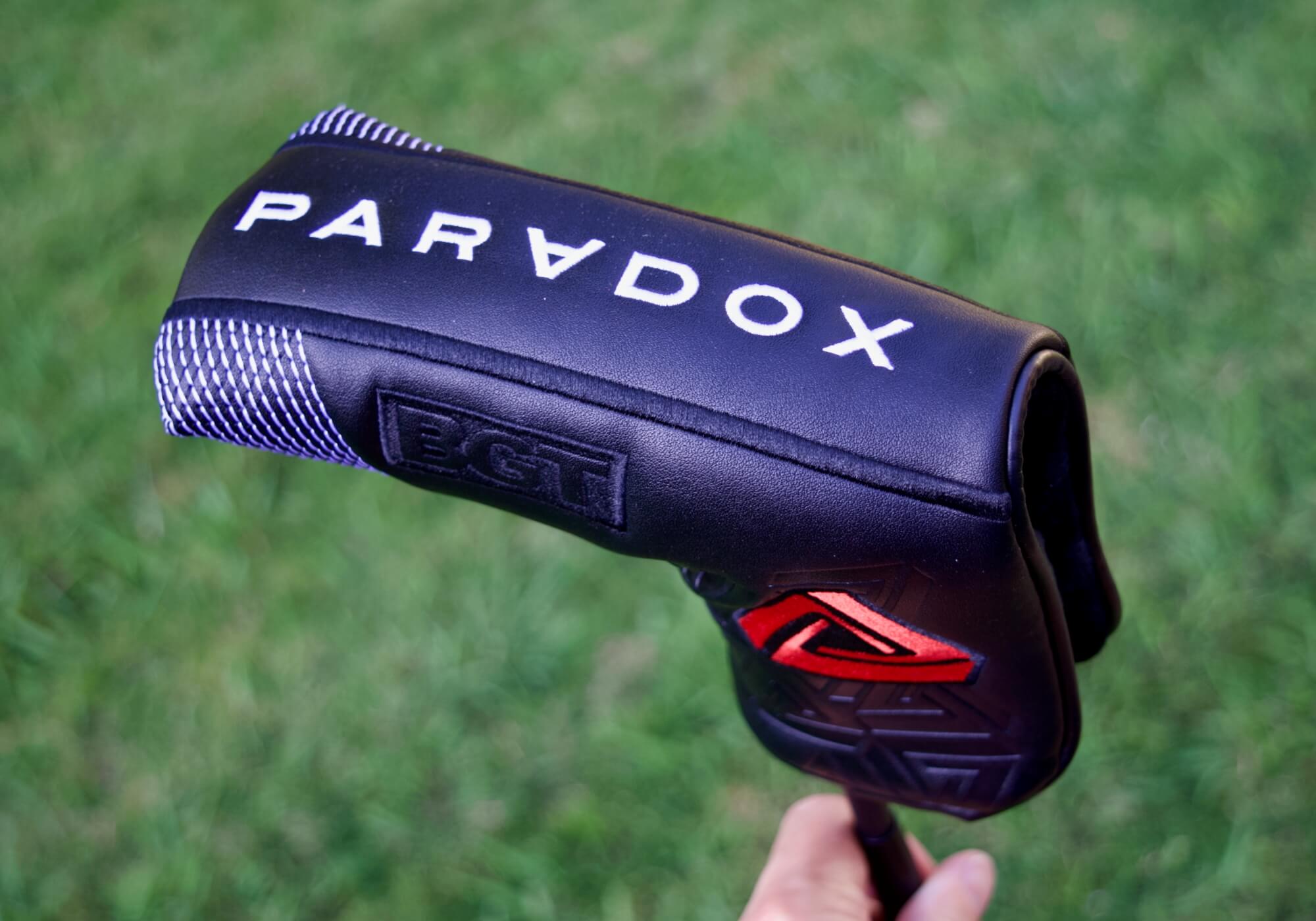
According to BGT, what makes their new Paradox putters different is the incorporation of Principal Axis Technology. The idea is that this new technology allows the putter to remain balanced, not just at address, but also while in motion.
Since most of the time one needs to move a putter to hit a ball, this new technology sounds intriguing.
Before you dismiss this as marketing hogwash, BGT has a history of innovation when it comes to putters. BGT’s Stability Shaft played a large role in golfers (and manufacturers) making the transition from steel to graphite putter shafts.
Is it possible their Paradox putters will have the same market-changing influence on putter design?
Defining the BGT putter Paradox
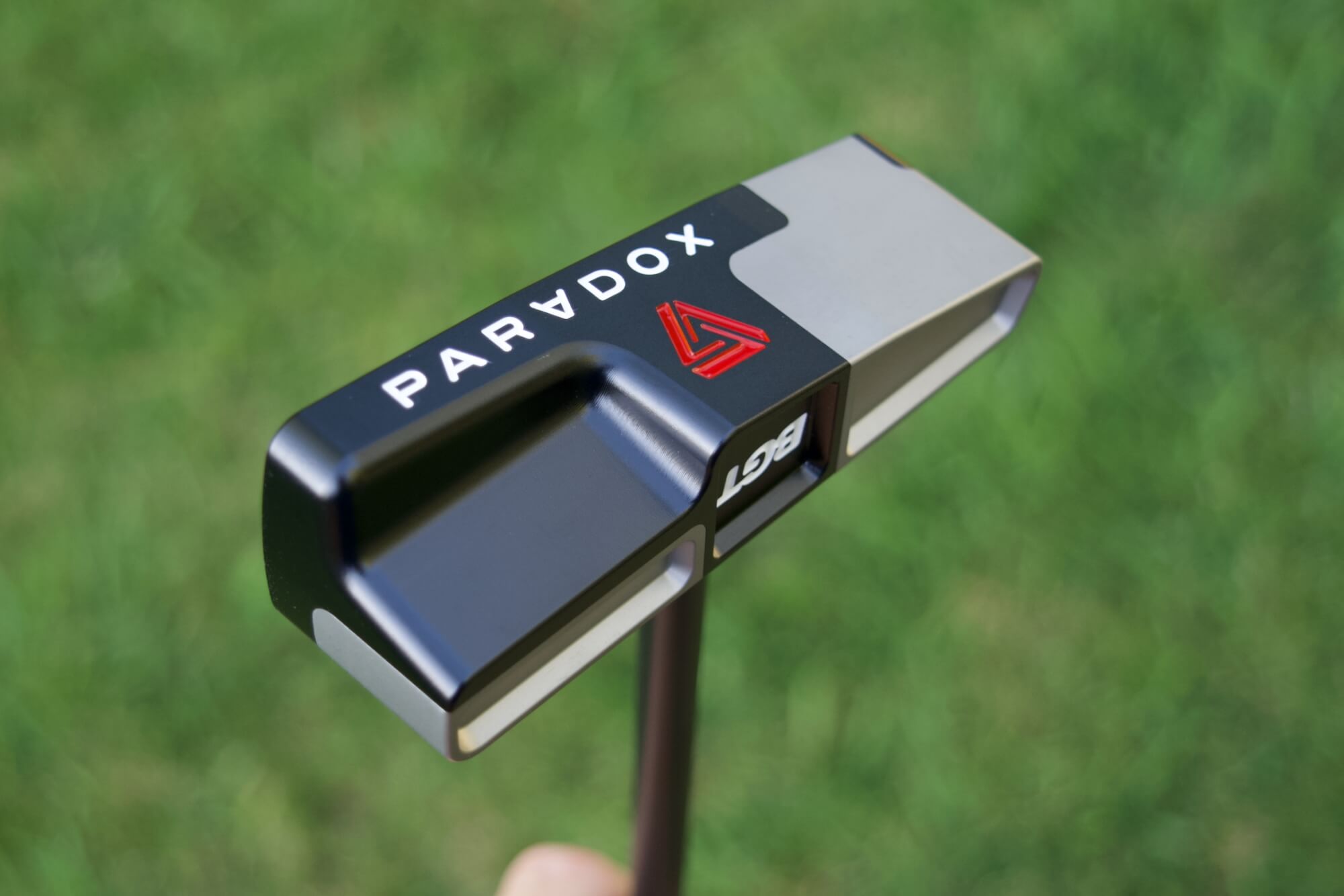
The Merriam-Webster dictionary contains a number of definitions for the word paradox but I think this is the one BGT was thinking of when they named their putter:
Paradox: a statement that is seemingly contradictory or opposed to common sense and yet is perhaps true.
There is no denying that the Paradox putters look contradictory to traditional putters. What if the traditional designs are all wrong and the BGT Paradox is the first “right” putter?
To figure that out, let’s first look at how Principal Axis Technology works.
Principal Axis Technology versus zero torque
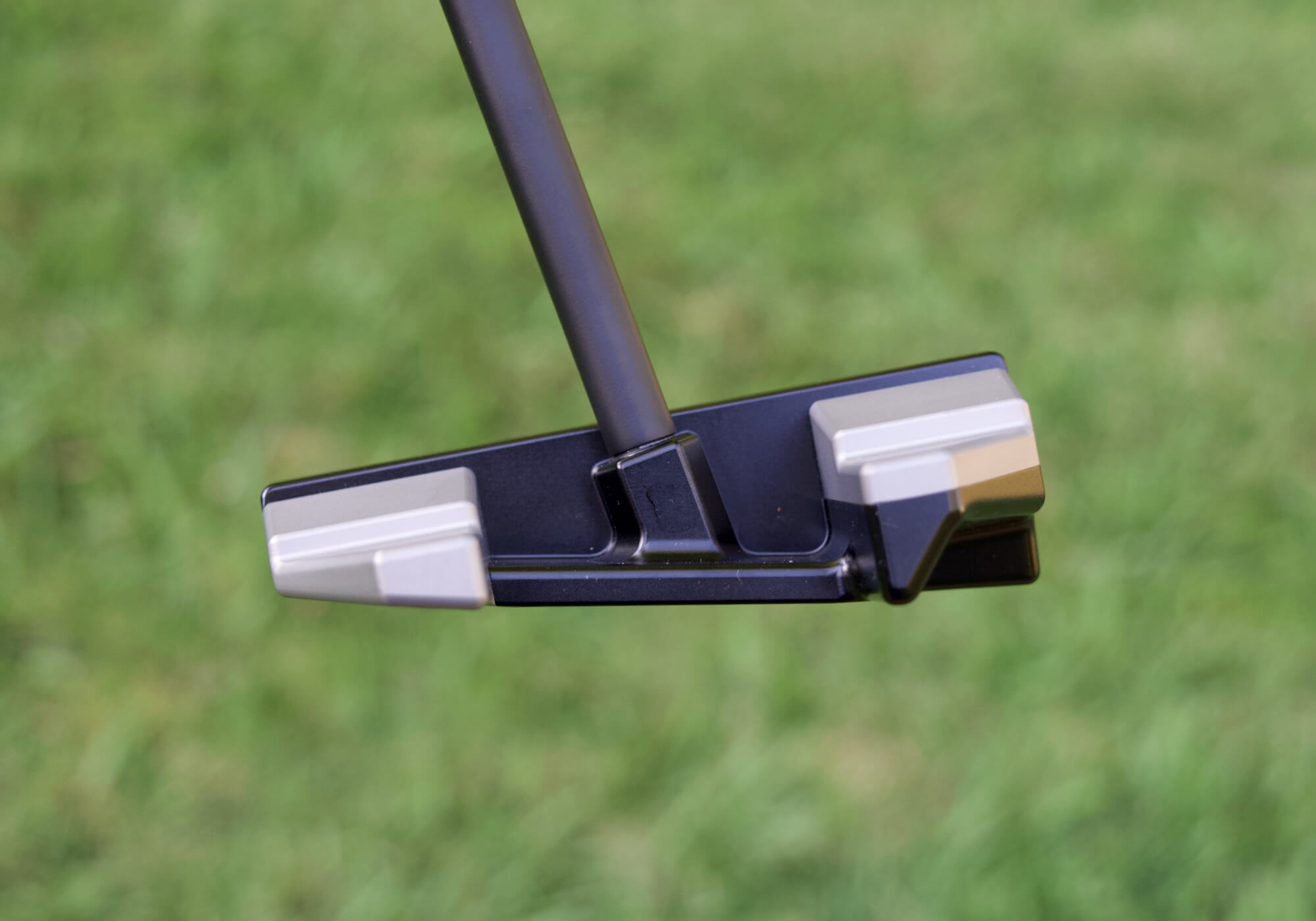
In the current putter market, many companies build zero-torque putters by having the shaft enter the putter head at the center of gravity. By doing this, the weight of the putter head is balanced around the shaft and the head should not rotate during play.
You’ll see a similar shaft location when you look at the BGT Paradox putters but the torque story does not stop there.
The Paradox putters are shaped and weighted so they will remain balanced when swung. BGT placed the weights high in the toe and low in the heel to keep the putter “swing balanced” during the putting stroke.
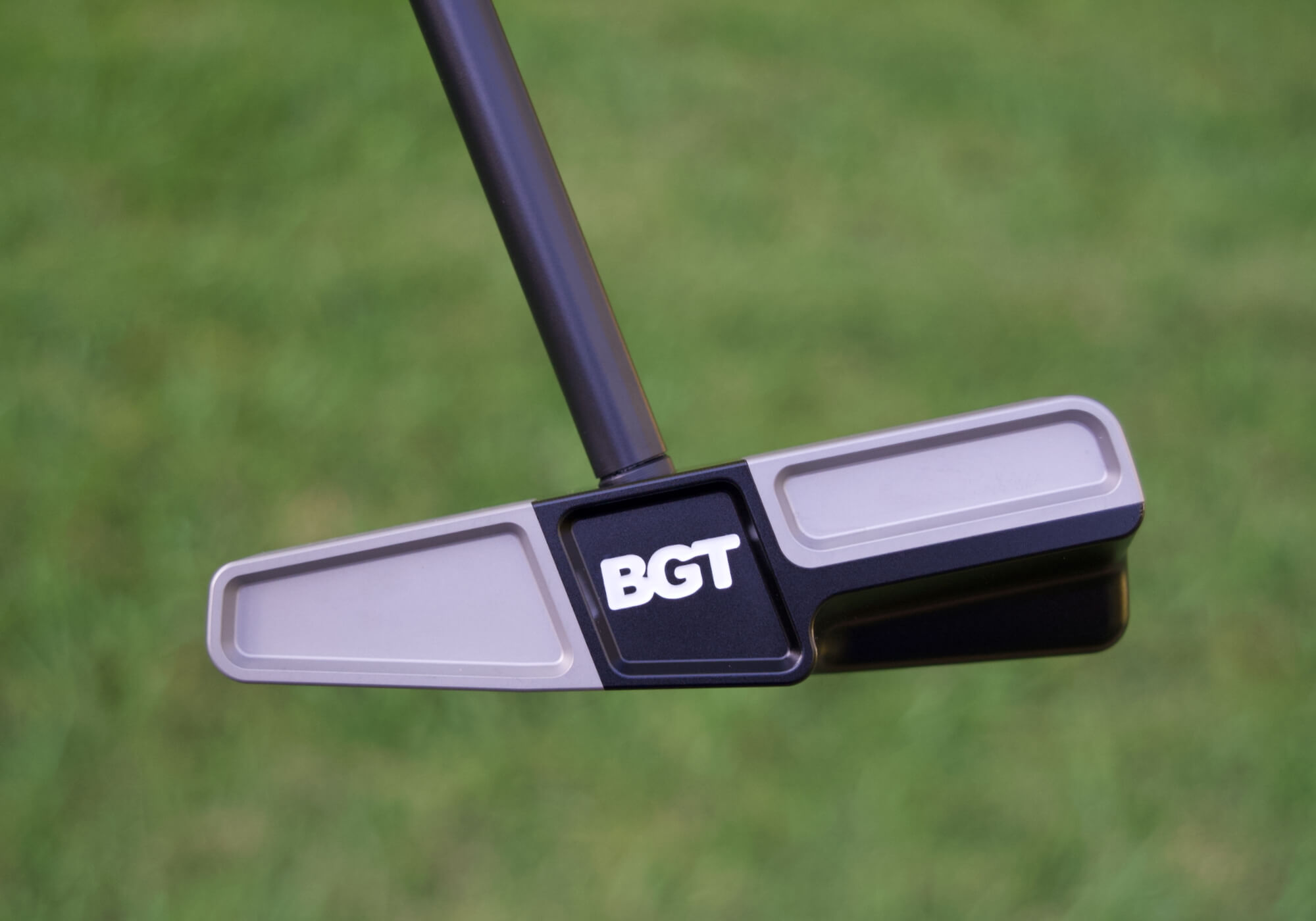
Yes, that is also the reason that they are wedge shaped.
Here is a short video explaining the difference between BGT’s design and other zero-torque putters.
It took me a bit to understand what the technology is trying to accomplish. What made sense to me was that it is a bit like lane deviation technology in cars. When you drift from your lane, some will alert you with a beep, others will steer you back into your lane.
That is how I believe the Principal Axis Technology works. During your stroke, it keeps you in the correct putting “lane”, correcting the head position should you unintentionally rotate it from square.
Multi-material design
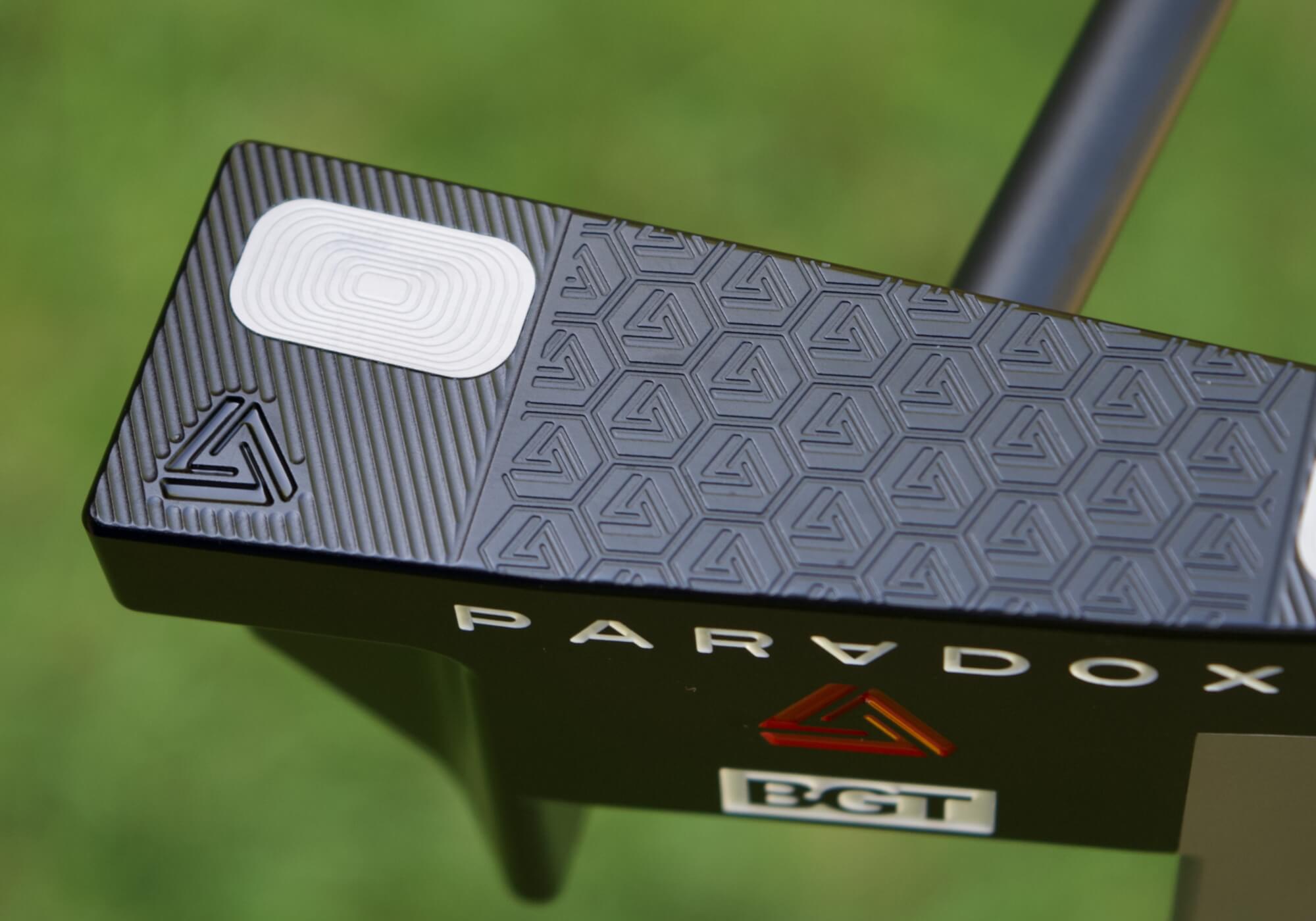
The paradox putters are multi-material designs. The body is milled aluminum and the weights are stainless steel. The different mass properties for the two metals allows the stainless-steel size and position to be the governing factor for balancing the putter.
The seamless integration of the aluminum and stainless steel is impressive. BGT’s milling system is top-notch.
Both the Paradox Blade and Mallet putters have an overall wedge shape. The reason is that it allows BGT to position the weight high in the toe and low in the heel. This configuration is what establishes the Principal Axis Technology.
BGT Paradox Blade
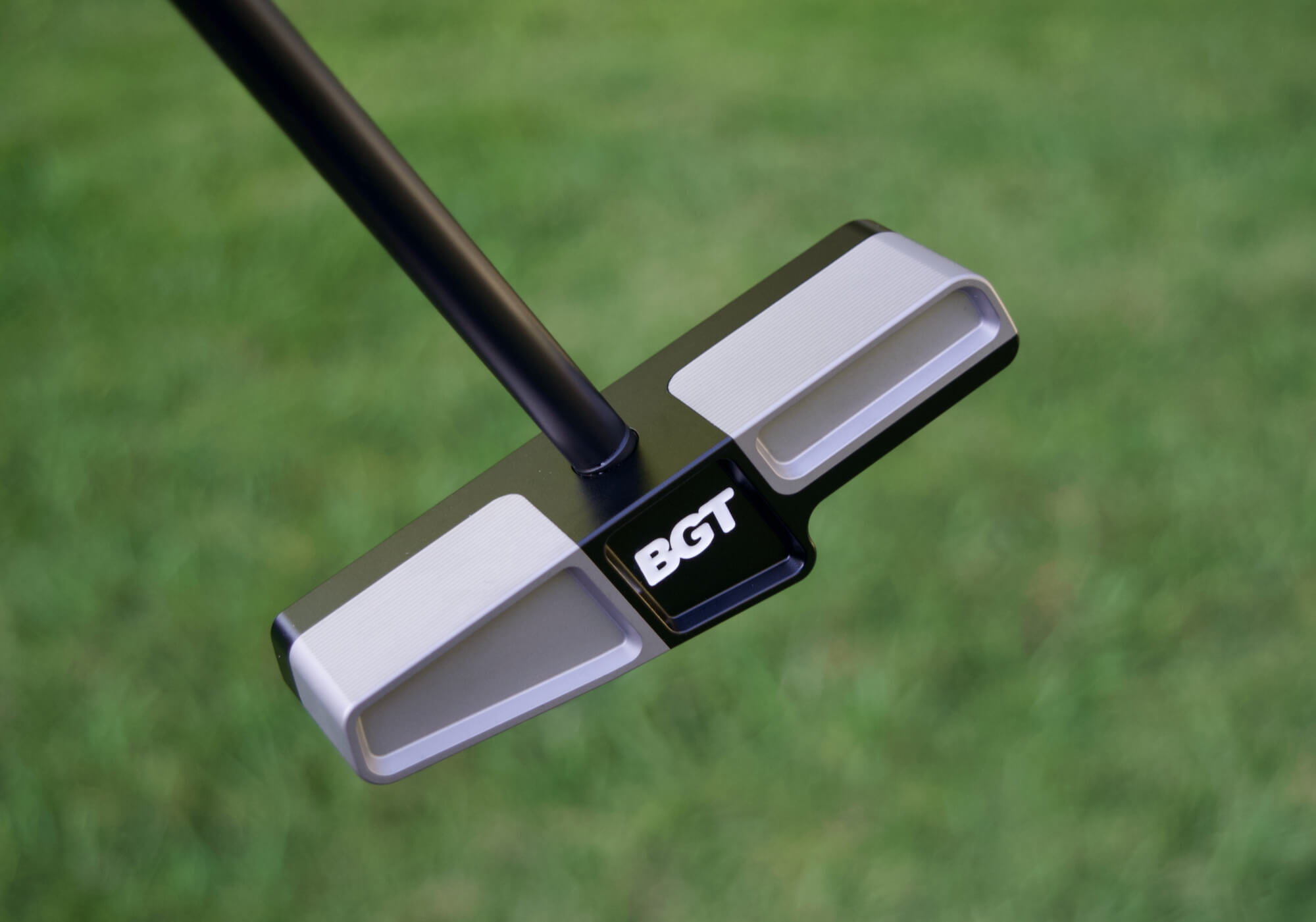
Both the Paradox Blade and Paradox Mallet are built with a high toe/low heel shape. Of the two, I find the blade particularly interesting for a couple of reasons.
First, zero-torque blades are far less common than zero-torque mallets. You have L.A.B. Golf’s Link.1, Bettinardi’s SB1 and the large Odyssey Square to Square Double Wide blade. Perhaps it is more difficult to achieve zero torque in a blade or the demand is lower for them compared to mallets.
The second thing about the Paradox BladeI find fascinating is the shape.
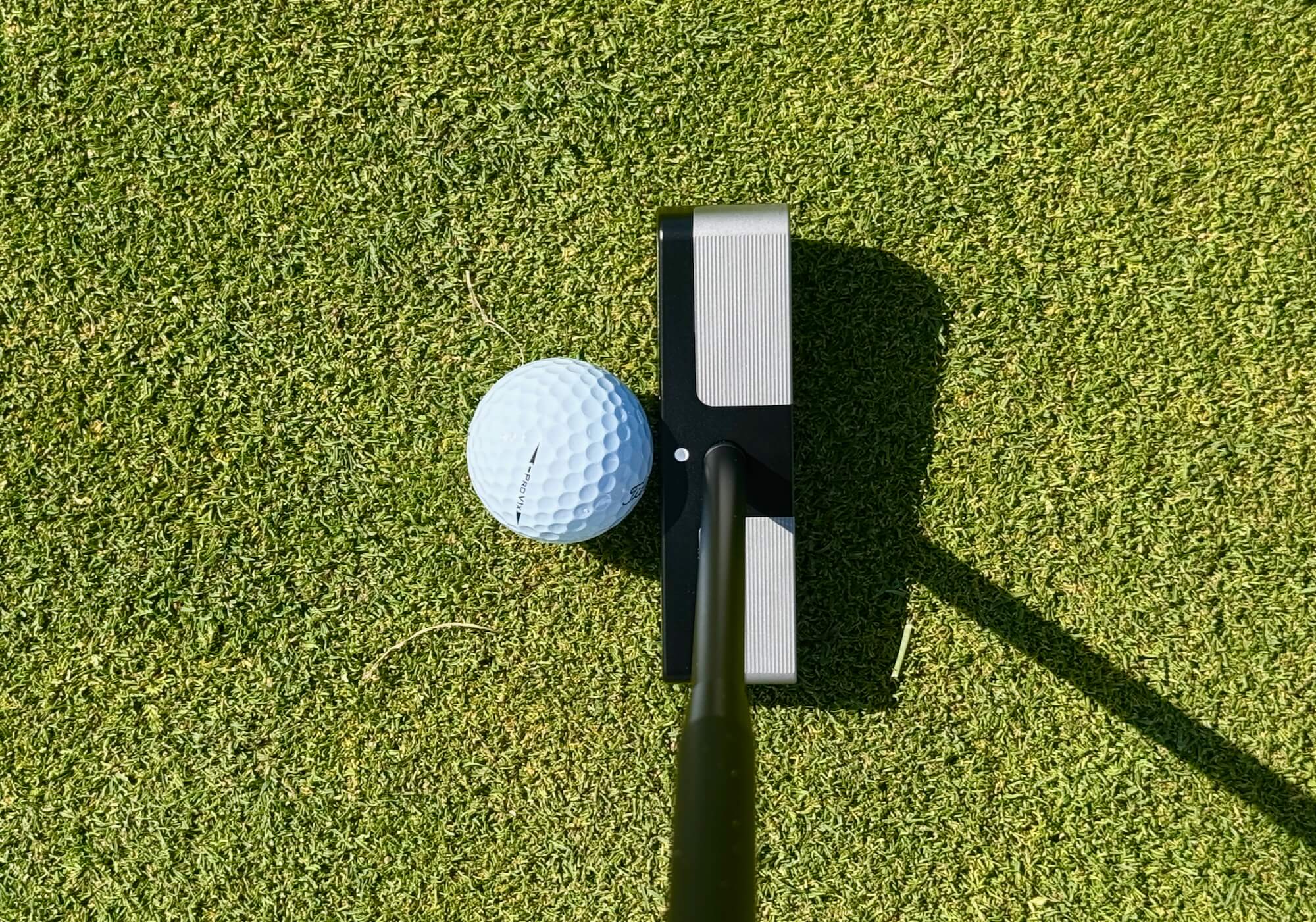
Once you place the putter at address, the look is fairly traditional. I know that when you look at it from any other angle, “traditional” is not the word that jumps into your head. I’m with you on that.
At address, though, it just doesn’t look that odd.
Of the two, I found the Paradox Blade to be a little less forgiving. Center contact is rewarded with a soft thump at impact. Should you deviate from the center, you’ll get a clack that reminds me of a nun’s ruler across one’s knuckles.
The feedback system should motivate you to make better contact, and that should lead to better putting.
